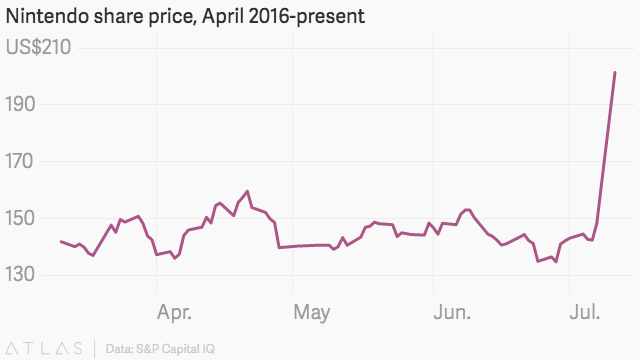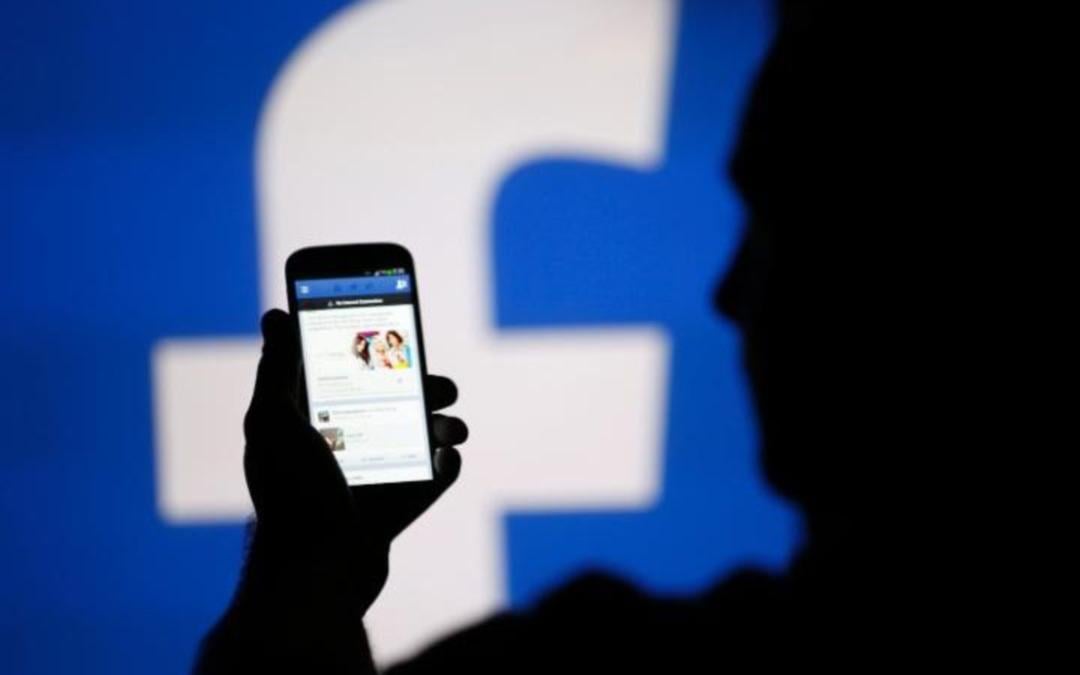Dark Patterns: User Interfaces Designed to Trick People
“A Dark Pattern is a user interface that has been carefully crafted to trick users into doing things, they wouldn’t normally do.”
“Normally when you think of “bad design”, you think of the creator as being sloppy or lazy but with no ill intent. This type of bad design is known as a “UI anti-pattern”. Dark Patterns are different – they are not mistakes, they are carefully crafted with a solid understanding of human psychology, and they do not have the user’s interests in mind.”
“London-based UX designer Harry Brignull documents this on his website, darkpatterns.org, offering plenty of examples of deliberately confusing or deceptive user interfaces. These dark patterns trick unsuspecting users into a gamut of actions: setting up recurring payments, purchasing items surreptitiously added to a shopping cart, or spamming all contacts through prechecked forms on Facebook games, etc.”




 The app’s popularity has created lagging servers and forced the company Niantic to delay its international roll-out, meaning “Those who have already downloaded the game in the U.S., Australia and New Zealand can still play it, while those in the U.K., the Netherlands and other countries will have to wait.”
The app’s popularity has created lagging servers and forced the company Niantic to delay its international roll-out, meaning “Those who have already downloaded the game in the U.S., Australia and New Zealand can still play it, while those in the U.K., the Netherlands and other countries will have to wait.”